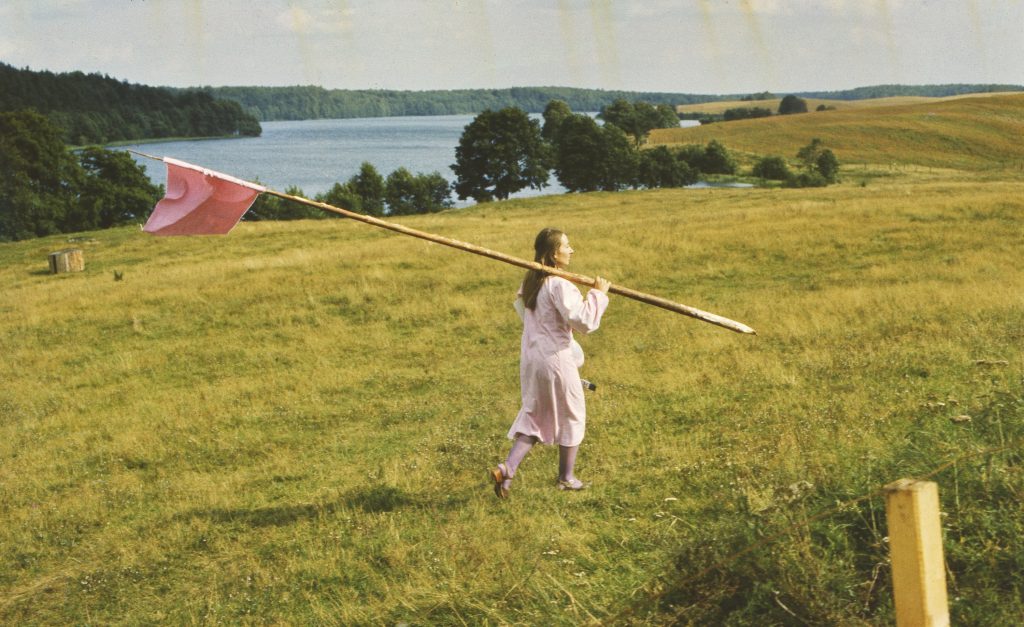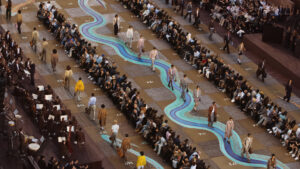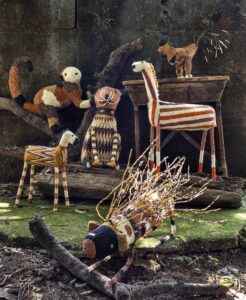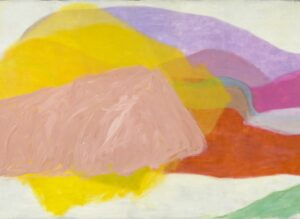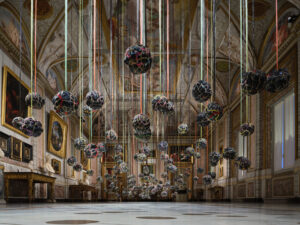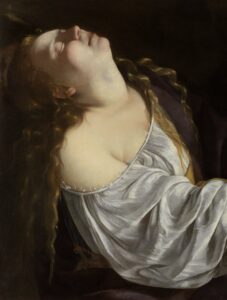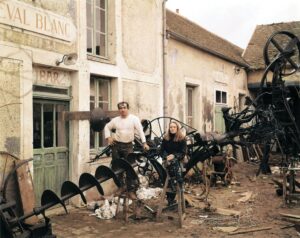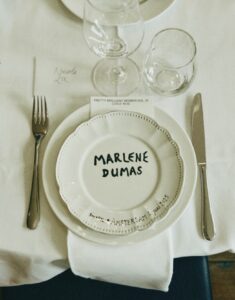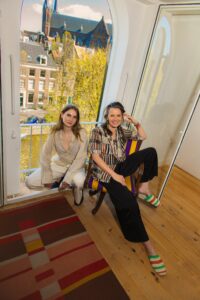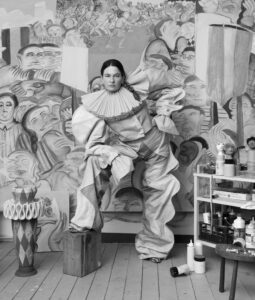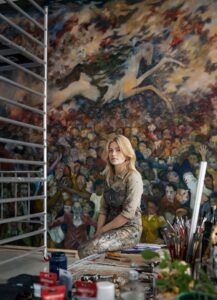Cuisine Dalínesque
Cooking with Salvador Dalí
Salvador Dalí compiled a peculiar cookbook in 1973 with recipes as bizarre as the illustrations he created to accompany them. Not suitable for people on a diet.
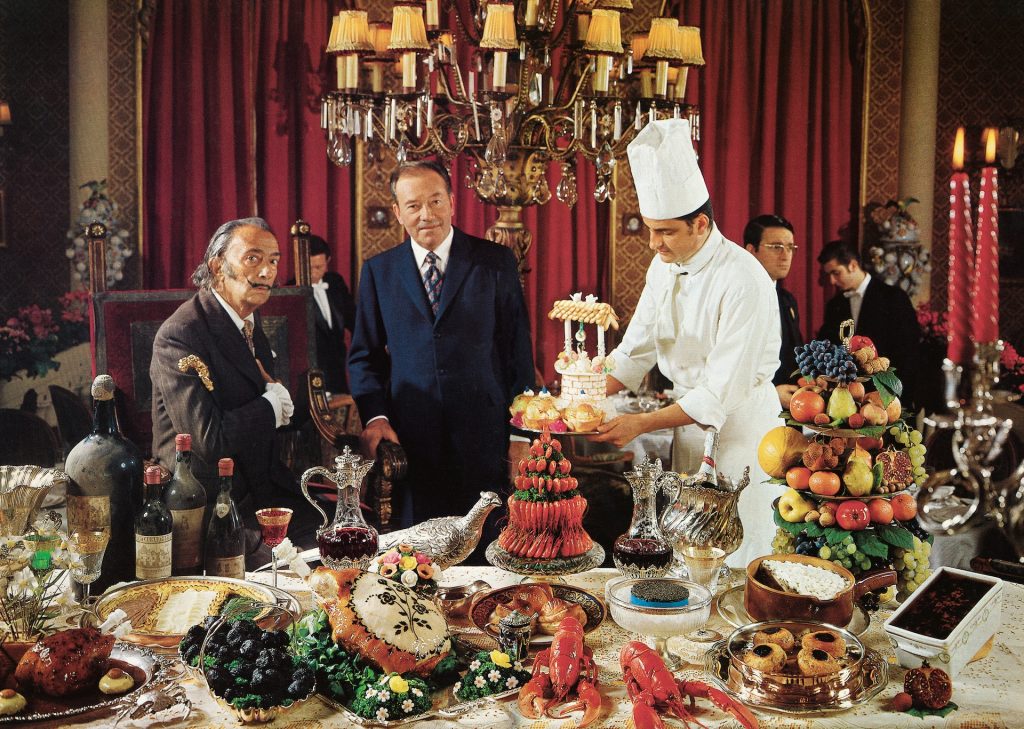
‘We hope to present here not only the quintessence of contemporary gastronomy, drawn by today’s greatest master, but also, and in fact above all, an essential Dalínesque creation.’
So writes Salvador Dalí’s psychotherapist Pierre Roumeguère in the introduction to the cookbook Les dîners de Gala, published in 1973 by the French publisher Felicie with the recipes Dalí and his wife and muse Gala had collected for the extravagant dinners they organised together. The book has more than 300 pages and 136 recipes. Of course, these include dishes with aphrodisiac properties, as you would expect with Dalí, the recipes are lavish, grotesque and self-indulgent, and the master does not mind a calorie more or less. Thus, he writes in a disclaimer: ‘We would like to state clearly that Les dîners de Gala, with its recipes and illustrations, is purely dedicated to the pleasures of taste. Here you will not find recipes according to a particular diet. We deliberately ignore the charts and tables in which chemistry takes the place of gastronomy. And if you are a calorie counter who turns the pleasure of eating into punishment, put this book away above all else: it will be too vivid, too aggressive and far too impertinent for you.’
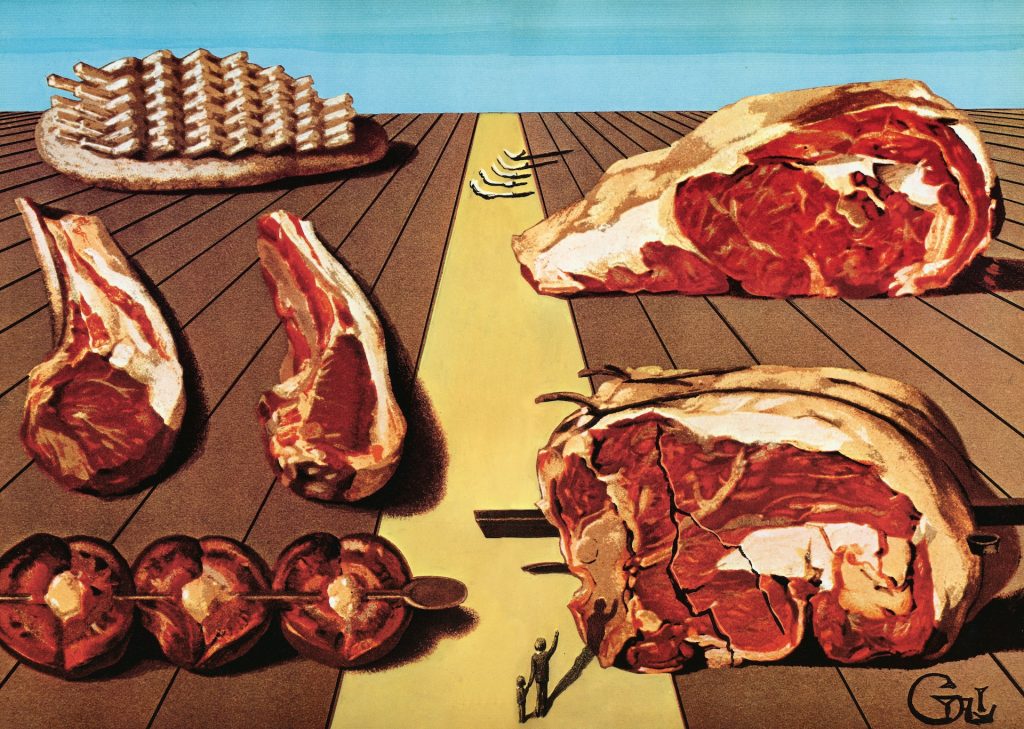
The cookbook, which has been translated into English and German, among other languages, is as surreal as you would expect from Dalí. The recipes are divided into chapters with absurdist titles such as ‘’Autumnal cannibalism‘’, ‘’I eat Gala‘’, ‘’Monarchal meat‘’ and ‘’Bodomised entremets‘’. The introduction to the latter chapter describes a lurid instruction to pluck a young goose alive, set it on fire and eat it, ‘so that one can see a live roast goose’.
Dalí created a beautiful painting to accompany each chapter, and there are absurd drawings throughout the book. Photographs of some of the recipes are printed. The drawings on the pages introducing each chapter are, how appropriate, details from Hieronymus Bosch’s Garden of Delights.
Here, enjoy a couple of special recipes from the book: a tower of crayfish and a Casanova cocktail, taken from the ‘aphrodisiac recipes’ chapter. According to Dalí, the drink is suitable ‘when circumstances such as overwork, exhaustion, or simply an excess of sobriety call for a heart boost’. According to him, another advantage of this pep brew is ‘that you don’t have to put on a sour face like when taking other medicines’.
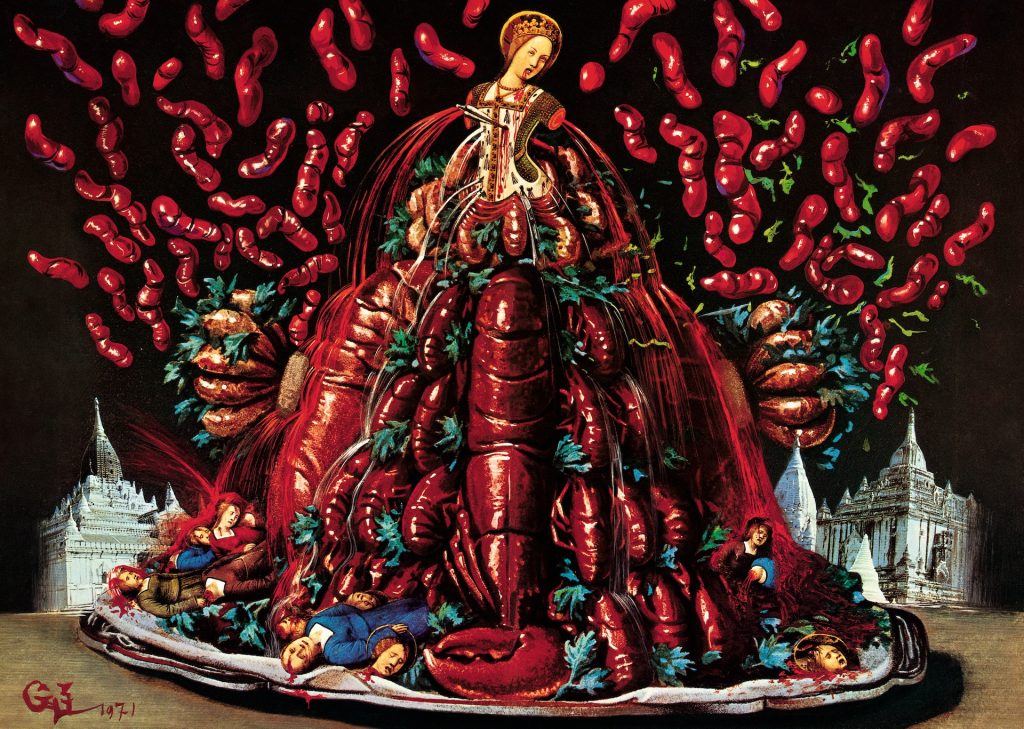
Casanova-cocktail
Ingredients:
1 teaspoon ginger powder and a pinch of cayenne pepper
1 tablespoon bitter (Campari)
4 tablespoons of brandy
2 tablespoons old cognac (Vieille Cure)
juice of 1 orange
- Mix the ginger and cayenne pepper in the bottom of the glass.
- Pour in the Campari, then the brandy and cognac.
- Put the glass in the fridge for 30 minutes.
- Finally, add the orange juice and enjoy!
Les dîners de Gala, Salvador Dalí’s surrealist cookbook, was published in 1973. Only about 400 copies of that original book have survived, typically selling for hundreds of euros. Taschen released a new edition of the cookbook after 43 years (€49.99).
